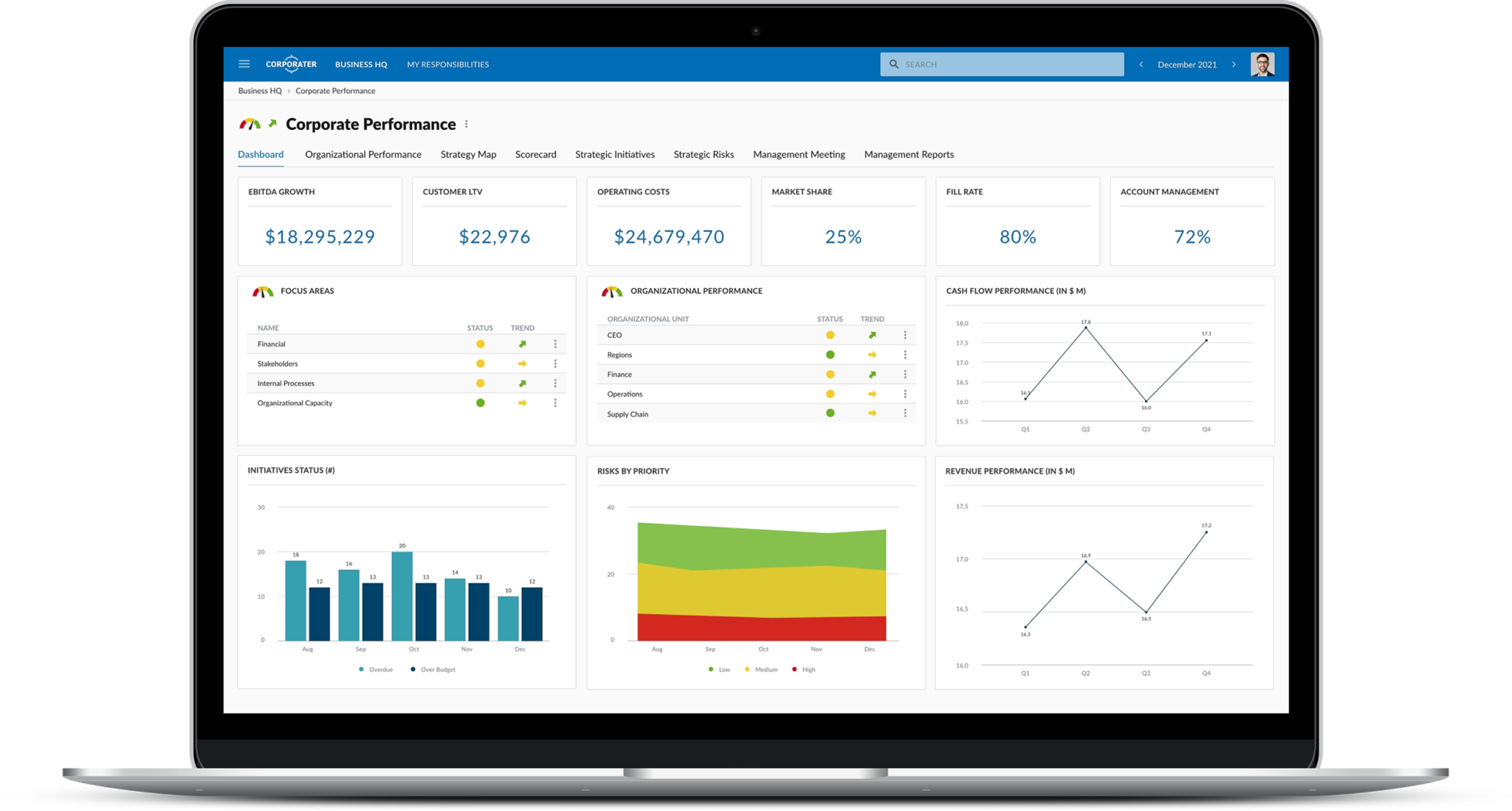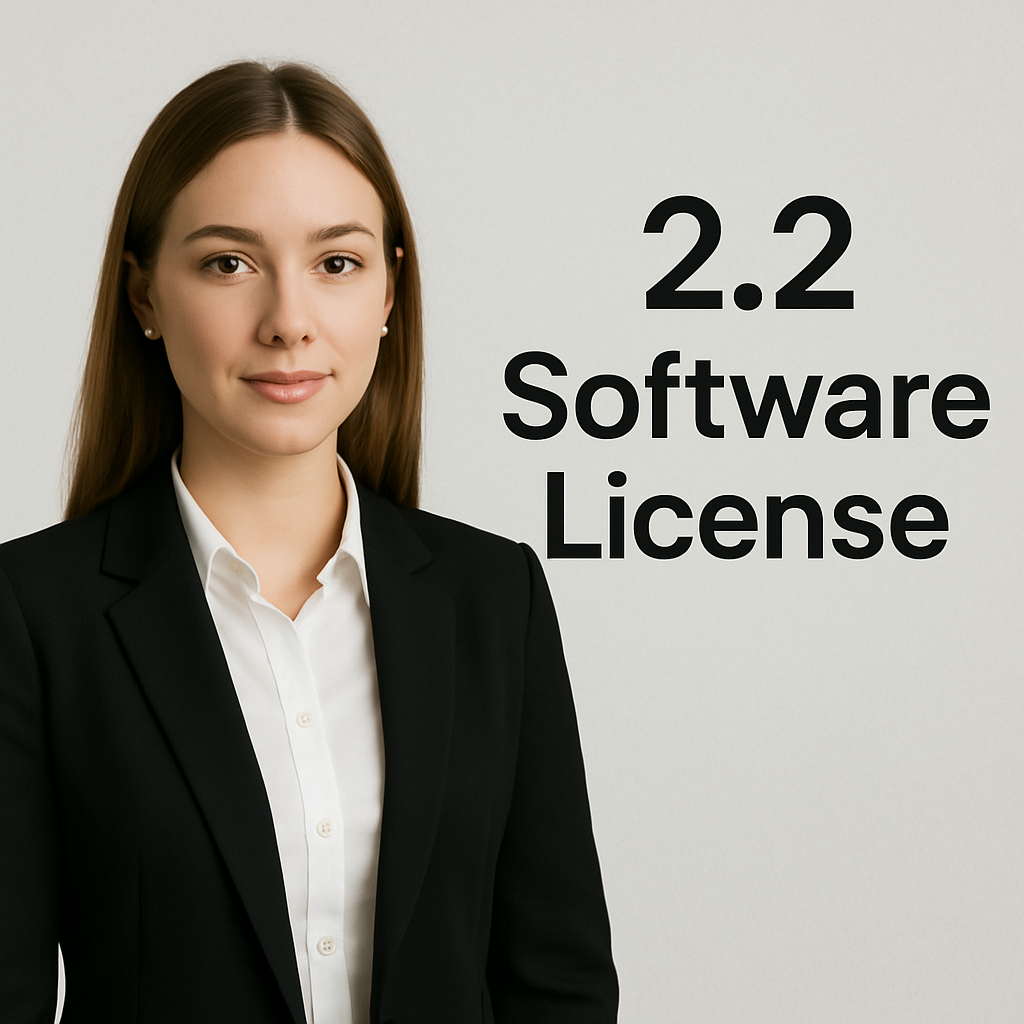In the intricate digital ecosystem of a modern corporation, assets are no longer just physical. They are virtual, licensed, and often intangible. While a company meticulously tracks its chairs, computers, and real estate, a far more valuable and volatile portfolio often exists without the same rigorous oversight: its software. Unmanaged, this portfolio becomes a source of immense financial waste, legal peril, and security vulnerability. Enter the crucial, yet often unsung, role of the Corporate Software Inspector. This professional, whether an individual or a function within a team, serves as the essential guardian of an organization’s software integrity, ensuring that it operates within the bounds of legality, fiscal responsibility, and strategic alignment.
This article delves into the multifaceted role of the modern Corporate Software Inspector, exploring its core responsibilities, the tangible value it delivers, the challenges it faces, and the future skills required to excel in this critical field.
Beyond the Title: Defining the Role
The title “Corporate Software Inspector” can be somewhat misleading. It conjures images of a solitary auditor with a checklist, focusing solely on compliance. In reality, this role is strategic, continuous, and deeply integrated into IT, finance, and procurement operations. It is less about “catching” wrongdoing and more about building a culture of disciplined software management.
A more encompassing term for this function is Software Asset Management (SAM). The Corporate Software Inspector is, at its heart, a SAM professional. Their mandate is to provide an accurate, real-time inventory of all software assets, manage the complex lifecycle of software licenses from procurement to retirement, and ensure that the organization is always audit-ready, optimally licensed, and secure.
The Core Pillars of the Inspector’s Role
The work of a Corporate Software Inspector rests on three fundamental pillars: Compliance, Optimization, and Security.
1. Compliance: Mitigating Legal and Financial Risk
This is the most traditional and recognized aspect of the role. Software vendors like Microsoft, IBM, Oracle, and Adobe protect their intellectual property through aggressive license audits conducted by third-party firms. Non-compliance can result in massive true-up costs, penalties, and legal fees, often running into hundreds of thousands or even millions of dollars.
The Corporate Software Inspector proactively prevents this by:
Maintaining Accurate Inventories: Using specialized discovery tools (e.g., SCCM, Lansweeper, ServiceNow) to scan the network and identify every piece of software installed on every device, server, and virtual machine.
Understanding Complex Licensing Models: Deciphering the arcane rules of per-user, per-device, processor-based, core-based, and subscription licensing across a multitude of vendors. This is arguably one of the most complex parts of the job.
Reconciling Entitlement vs. Deployment: Comparing proof of purchase (entitlement) with actual installation (deployment) to identify any gaps where the organization is under-licensed.
Managing Audit Responses: Serving as the single point of contact and expert during a vendor audit, ensuring the process is fair, the data presented is accurate, and the organization’s interests are protected.
2. Optimization: Driving Cost Savings and Value
This is where the role transitions from a cost-center (risk mitigation) to a profit-center (value generation). An effective Corporate Software Inspector doesn’t just ensure a company pays for what it uses; they ensure the company doesn’t pay for what it doesn’t use. The savings uncovered here often fund the entire SAM program.
Optimization activities include:
Identifying Shelfware: pinpointing unused or rarely used software licenses that can be reclaimed and reharvested for new employees, avoiding new purchases.
Right-Sizing Licenses: Ensuring users have the correct license tier for their needs (e.g., not assigning a premium “E5” license to a user who only needs basic “E1” features).
Strategic Negotiation: Providing data-driven insights to the procurement team before a renewal or new purchase. Knowing exact usage metrics empowers negotiators to buy only what is needed and secure the best possible terms.
Consolidating Vendors: Identifying redundant applications (e.g., five different PDF editors) and standardizing on a single solution to leverage volume discounts and simplify management.
3. Security: Plugging the Vulnerability Gap
Unmanaged software is insecure software. The software inventory is the foundational dataset for cybersecurity, and the Inspector is its curator.
End-of-Life (EOL) Management: Identifying software that is no longer supported by the vendor (e.g., Windows 7, old Java versions). These applications no longer receive security patches, making them prime targets for cyberattacks. The Inspector forces their removal or upgrade.
Vulnerability Management: Working with security teams to correlate software inventory with known vulnerability databases (like CVE) to quickly identify and patch vulnerable systems.
Reducing Attack Surface: By eliminating unauthorized and shadow IT applications, the Inspector systematically reduces the number of potential entry points for attackers.
The Toolkit of a Modern Inspector
Gone are the days of manual spreadsheets. The modern Corporate Software Inspector leverages a sophisticated toolkit:
Discovery and Inventory Tools: Automated tools that provide a real-time view of the software estate.
Software Asset Management (SAM) Platforms: Comprehensive solutions like Snow Software, Flexera, or ServiceNow SAM that integrate inventory data with license reconciliation, procurement data, and contract terms to provide a single source of truth.
IT Service Management (ITSM) Integration: Connecting with systems like ServiceNow or Jira to automate the software request and provisioning process, making it compliant by design.
Scripting and Automation: Using PowerShell, Python, or other languages to automate data collection and reporting tasks.
The Challenges and Hurdles
The path of the Inspector is not an easy one. Key challenges include:
Organizational Silos: Software data is spread across IT, finance, procurement, and individual business units. Breaking down these silos is a political and organizational challenge.
The Rise of Cloud and SaaS: The shift from perpetual licenses to subscriptions, cloud services (IaaS, PaaS), and SaaS (Software-as-a-Service) like Salesforce or Office 365 has dramatically complicated licensing. Tracking “usage” in the cloud is a different beast altogether.
Shadow IT: The ease with which business units can procure SaaS applications with a credit card (a phenomenon called “SaaS sprawl”) creates massive blind spots for the Inspector.
Complexity of Vendor Agreements: Licensing terms are notoriously complex and constantly evolving, requiring continuous education.
The Future of the Role: From Inspector to Strategic Advisor
The role of the Corporate Software Inspector is evolving rapidly. The reactive “audit-defender” is transforming into a proactive, data-driven strategic advisor. Future skills will include:
Cloud FinOps Expertise: Applying SAM principles to cloud cost management and optimization.
Data Analytics: The ability to interpret vast datasets from various sources to tell a compelling story about software usage and value.
Vendor Management: Shifting from a adversarial audit relationship to a strategic partnership with key vendors.
Understanding SaaS Management Platforms (SMPs): Utilizing new tools designed specifically to discover, manage, and optimize the sprawling SaaS landscape.
Conclusion: An Indispensable Asset
In an era where software is the backbone of every business operation, leaving its management to chance is a recipe for disaster. The Corporate Software Inspector is no longer a luxury but an indispensable asset. By enforcing compliance, they protect the organization from devastating financial penalties. Through optimization, they unlock significant cost savings that directly impact the bottom line. And by governing the software estate, they fortify the organization’s cybersecurity defenses.
Ultimately, the Corporate Software Inspector provides something every executive craves: control and clarity over a critical, complex, and costly area of the business. They transform software from a nebulous expense into a managed, optimized, and strategic asset, proving their value as a key guardian of corporate health in the digital age.








Comments 1